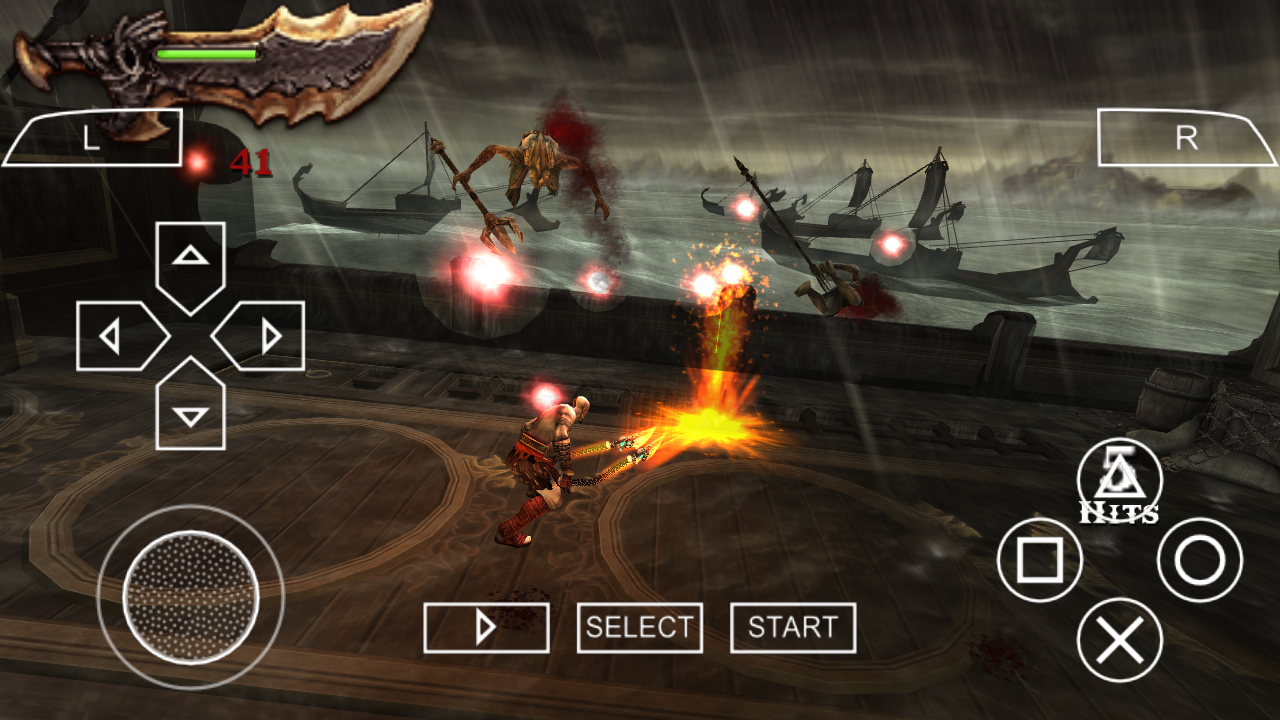
After completing the game the first time, you are granted access to the Chaos difficulty setting and a collection of tests known as the Challenge of Olympus. The game consists of various features and modes in addition to the primary story mode for a single player. Among these are the Cestus and the Blade of Olympus.


When the appropriate sign appears above an enemy’s head, you can finish them off by starting a “Quick-time Event,” abbreviated as “QTE.” Kratos gets his hands on new weapons besides the ones he already had. The player engages in combat by hitting several button combinations, each associated with a specific move. The player assumes control of the protagonist, Kratos, as he engages in combat with various foes in this hack-and-slash action game that also features platforming and puzzle-solving aspects. The gameplay of God of War III is very similar to those of the other games in the series, with some key differences. Thus he will stop at nothing in his quest to bring havoc to all of Olympus. Kratos has very little reason to continue living. Because he is aware that the battle against the Olympians would not be simple, he decides to enlist the assistance of the Titans, who were previously Elder Gods but were dethroned by Zeus and his brothers. Upon his return, Kratos decides to bring about Zeus’s death by any means necessary. Kratos returns from the Underworld after being tricked and slain by his father and the ruler of Olympus, Zeus, to give up his authority. As the story of Deity of War III picks up immediately after the conclusion of God of War II, the dethroned deity and spartan warrior Kratos finds himself traveling to Mount Olympus atop the back of the titan Gaia. In this third and last installment of the God of War trilogy, the Ghost of Sparta makes a comeback.


 0 kommentar(er)
0 kommentar(er)
